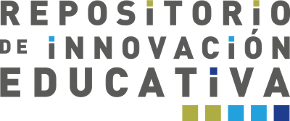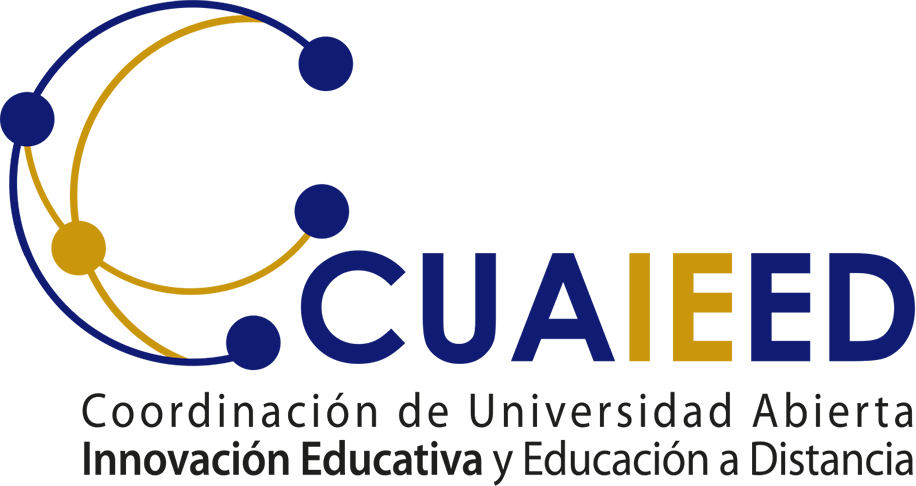Por favor, use este identificador para citar o enlazar este ítem:
https://www.innovacioneducativa.unam.mx:8443/jspui/handle/123456789/4221Registro completo de metadatos
| Campo DC | Valor | Lengua/Idioma |
|---|---|---|
| dc.contributor.author | Pérez, Cristina | |
| dc.contributor.author | Farah, Ezequiel | |
| dc.contributor.author | Rulli, Florencia | |
| dc.date.accessioned | 2020-03-02T16:05:54Z | |
| dc.date.available | 2020-03-02T16:05:54Z | |
| dc.date.created | 2018-12 | |
| dc.date.issued | 2018 | |
| dc.identifier.issn | 2215-2644 | |
| dc.identifier.uri | http://132.248.161.133:8080/jspui/handle/123456789/4221 | |
| dc.description.abstract | Abstract In this paper, a teaching activity involving science communication in an official high school of Buenos Aires, Argentina is presented. Together with students from first, second and fourth school years, biology and chemistry topics were integrated. A selection, review and integration of knowledge were made. Contents of pharmacology and microbiology, along with scientific data, generated by some specialists at the University of Buenos Aires and the National Council of Scientific and Technical Research (CONICET in Spanish) were added. Interactive theoretical and practical classes were outlined adapted to the school laboratory and the classrooms. The main topic included common infections in teenagers, such as those produced by fungi. The topic was then oriented towards Candida albicans, its clinical relevance, diagnostic, observation thought optic microscopy, treatment, among others. The emergence of microorganisms resistant to antimicrobials was studied in relation to their mechanisms, therapeutic relevance and the need to do research on strategies to fight against them. In addition, some examples of recent scientific findings related to the reversion resistance of Candida albicans to azole-type medications were given. This resistance is produced by a flavonoid substance abbreviated as 6PP and extracted from the plant Dalea elegans which grows inArgentina. The school curriculum was improved with an innovative approach involving real science related to medicine and biochemistry. Health care was promoted in the school community.. | |
| dc.language | es | |
| dc.relation.ispartof | SciELO Costa Rica | |
| dc.rights | Derechos reservados | |
| dc.source | Revista Educación, 425(2):170-183 | |
| dc.title | Cómo luchar contra microorganismos resistentes a medicamentos Difusión de conocimientos científicos en una escuela secundaria | |
| dc.type | Articulo | |
| dcterms.bibliographicCitation | Pérez, Cristina; Farah, Ezequiel y Rulli, Florencia (2018). Cómo luchar contra microorganismos resistentes a medicamentos Difusión de conocimientos científicos en una escuela secundaria.Revista Educación, 425(2):170-183. Disponible en: http://www.scielo.sa.cr/scielo.php?script=sci_arttext&pid=S2215-26442018000200010&lang=es | |
| dc.identifier.sinne | SCI146 | |
| dc.identifier.url | http://www.scielo.sa.cr/pdf/edu/v42n2/2215-2644-edu-42-02-00170.pdf | |
| dc.subject.keywords | Comunicación de la ciencia en escuelas | |
| dc.subject.keywords | innovación pedagógica | |
| dc.identifier.doi | 10.15517/revedu.v42i2.24246 | |
| Aparece en las colecciones: | Artículos científicos y académicos | |
Ficheros en este ítem:
No hay ficheros asociados a este ítem.
Los ítems de DSpace están protegidos por copyright, con todos los derechos reservados, a menos que se indique lo contrario.


